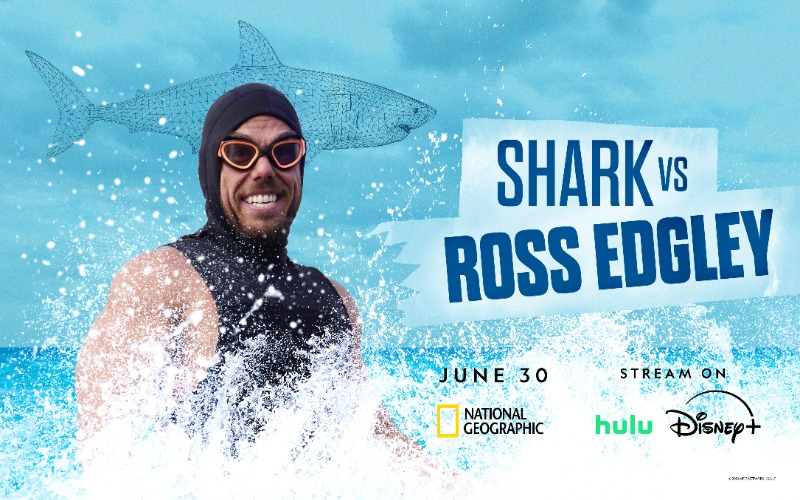Insistence of the renowned marine biologist

Known for its record of 1,800 miles assisted at sea, Ultra-athlete and the shark lawyer Ross Edgley will face four of the most difficult predators in the ocean in an exciting force test presented in the next film Shark against Ross Edgley. Witness while he tries daring exploits such as reproducing the g-torce turn of a Hammerhead, imitating the violation of a aerial polaris of a white shark, going beyond the rapid Mako shark and mastering the eating habits of a tiger shark.
Innovation and technology today Interviewed Dr. Mike Heithaus, a renowned marine biologist presented in the film Shark against Ross EdgleyAbout his collaboration with Ross Edgley. Dr. Heithaus discussed the experience of working together, equipment and advanced technology used during filming, and more!

Innovation and technology today: What was it to collaborate with Ross Edgley Shark against Ross Edgley?
Dr Mike Heithaus: It was a ton of fun working with Ross! His enthusiasm for his work and the sharks is contagious. What you see on the screen is pure Ross all the time. Positive, funny, interested. He just devoured everything he could learn – as well as a few meals (he tried to compare his appetite to a tiger shark after all) – with an impressive insight and excitement that really made everything we did even more fun than normal.
I must say that it was also quite inspiring to wake up in the morning and see Ross training – and he had been for hours – before even starting the day. I have a ton of respect for him and you can really see the reader and work ethics that helps him perform incredible exploits. Presenting him impressive sharks was a great experience for me.

I & T today: Did you use innovations during the shooting of Shark against Ross Edgley?
Heithaus: For my segments, we used one of my new favorite techniques – gelatin bite pads. We have mixed them with the density of the whale and fat muscles so that they help us to understand how these sharks can eat in a single bite, and we can also use them to understand what types of sharks and shark sizes could leave bites on dolphins.
In other parts of the program, ROSS can use high -tech modeling and particle monitoring to find out more about the efficiency with which it – and sharks – can slip into water.
I & T today: What emerging technologies do you see revolutionizing the field of marine biology during the next decade?
Heithaus: There will be a lot. Video technology becomes smaller, which allows you to record longer and get videos in lower light conditions. This will revolutionize our understanding of the behavior of sharks. Genetic technology will help us do quick investigations on sharks and better understand what they eat and how they are linked. Autonomous ships will help us better characterize their environment. And automatic learning and AI will be critical to manage the massive data sets that we generate!
I & T today: How do you hope that this film will have an impact on shark conservation efforts?
Heithaus: As with all the work with which I had the pleasure of working SharkfestI hope that the public will happen again with this show with a feeling of wonder on the sharks and will get a little the spark you see with Ross when he meets these animals. I also hope that people will learn how important these animals are and will be inspired to make decisions in their lives that contribute to the effective conservation of sharks and oceans more widely.

I & T today: What do you hope that viewers will learn from sharks and marine ecosystems to watch this program?
Heithaus: I hope that viewers will have a general appreciation of how incredible and important sharks are incredible and how incredible ocean ecosystems are. In the end, I hope that people will be inspired to ensure that we are not only protecting shark populations and do not only do what they can to protect the ocean and that their curiosity stimulates to explore more for themselves.



Leave a Comment